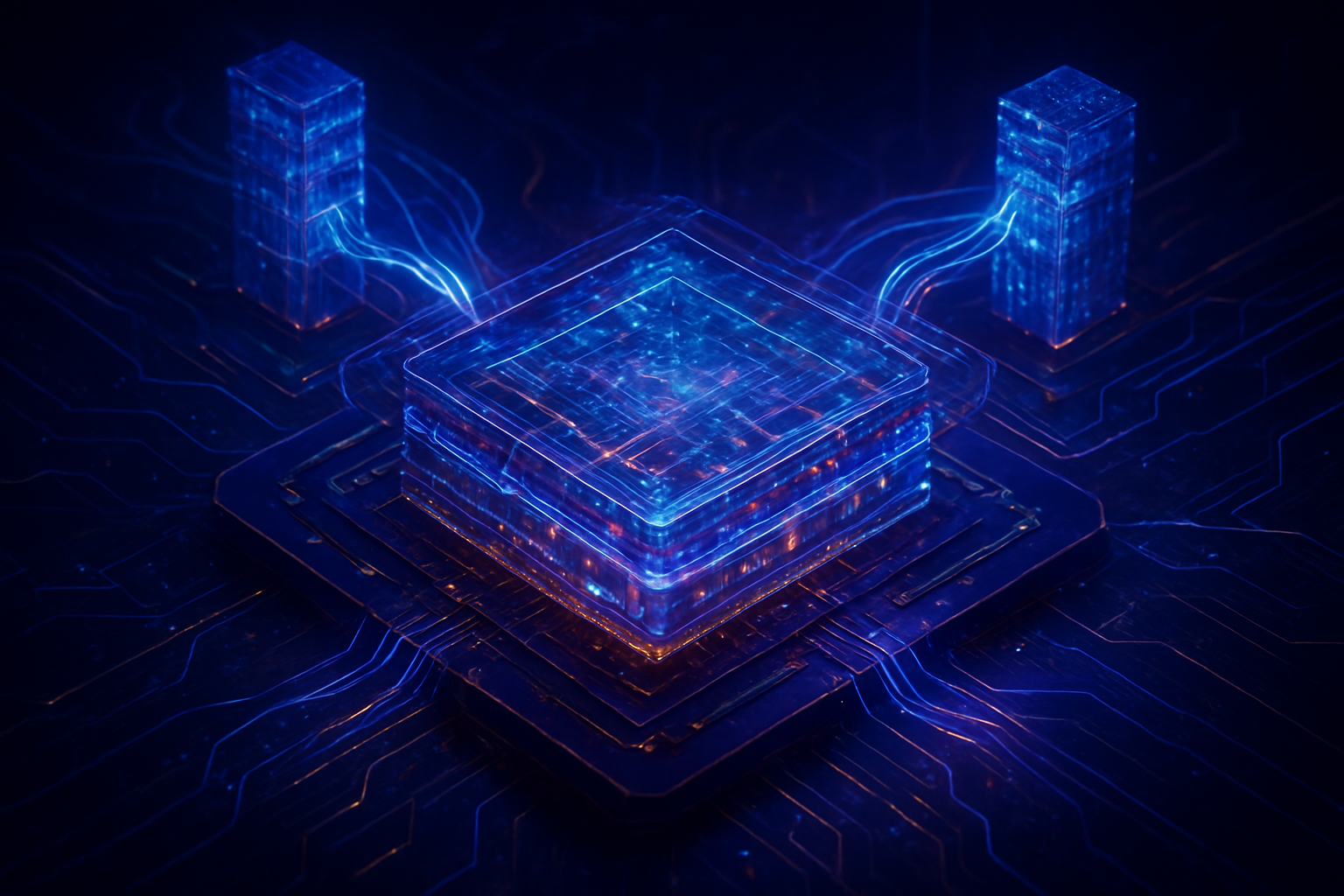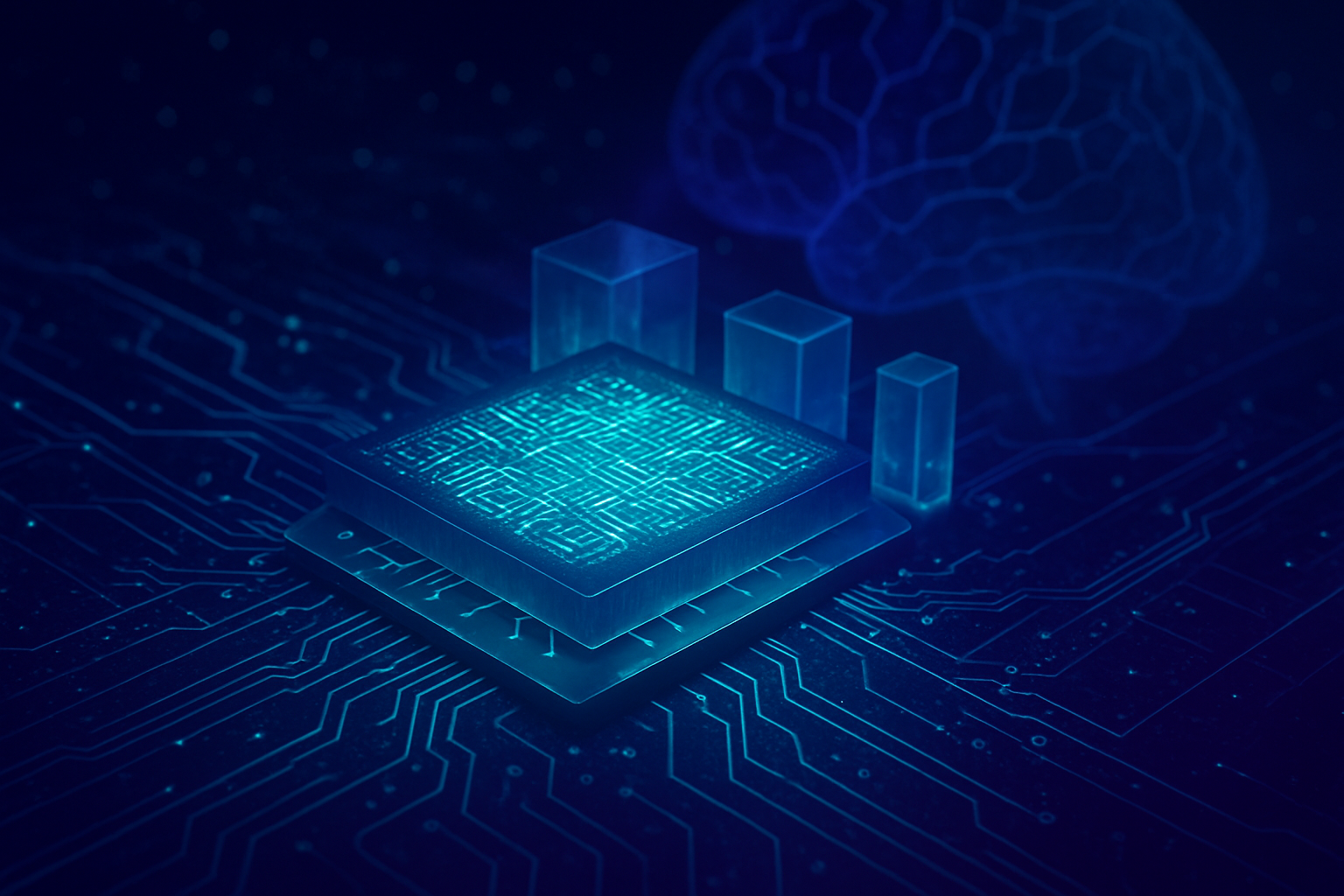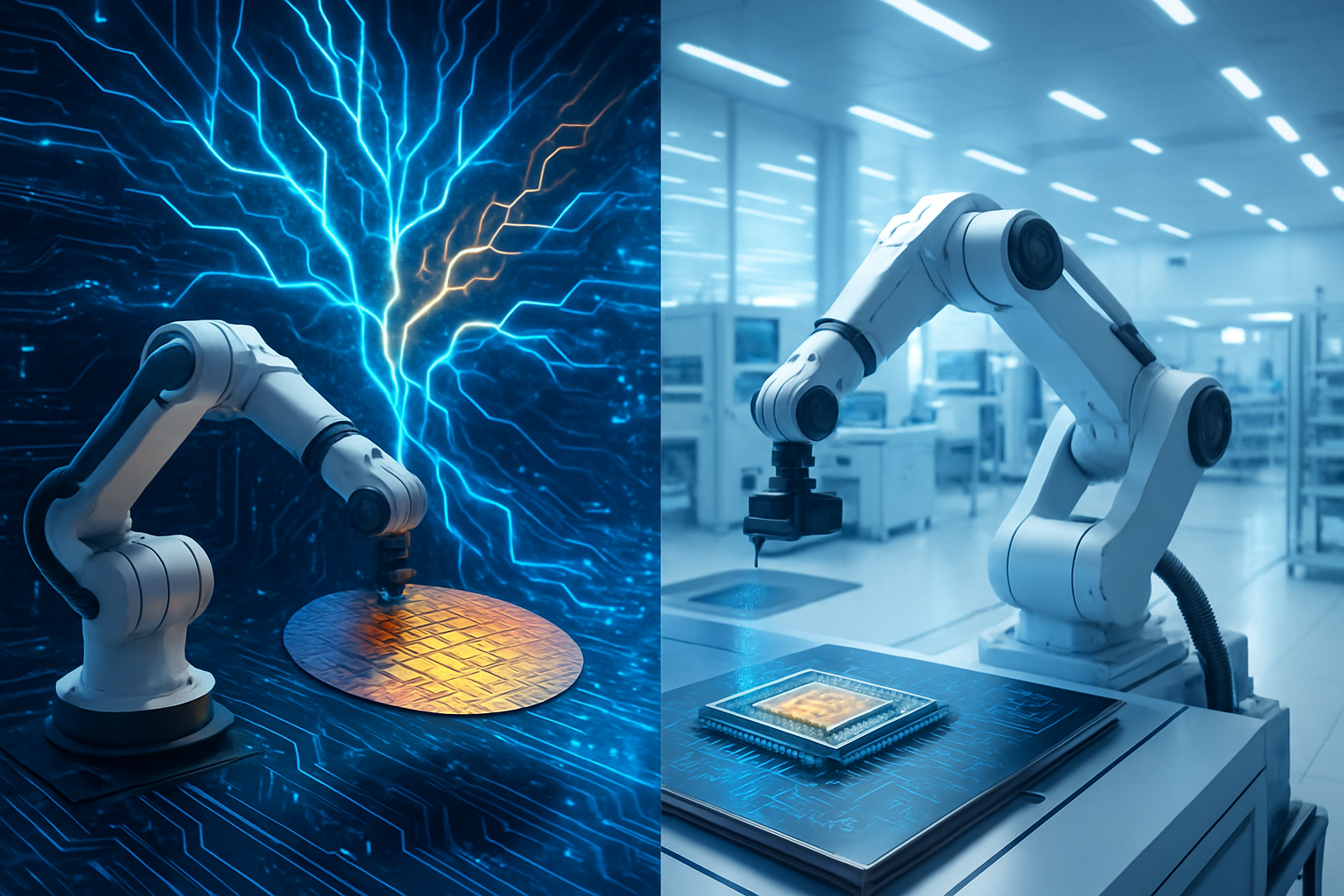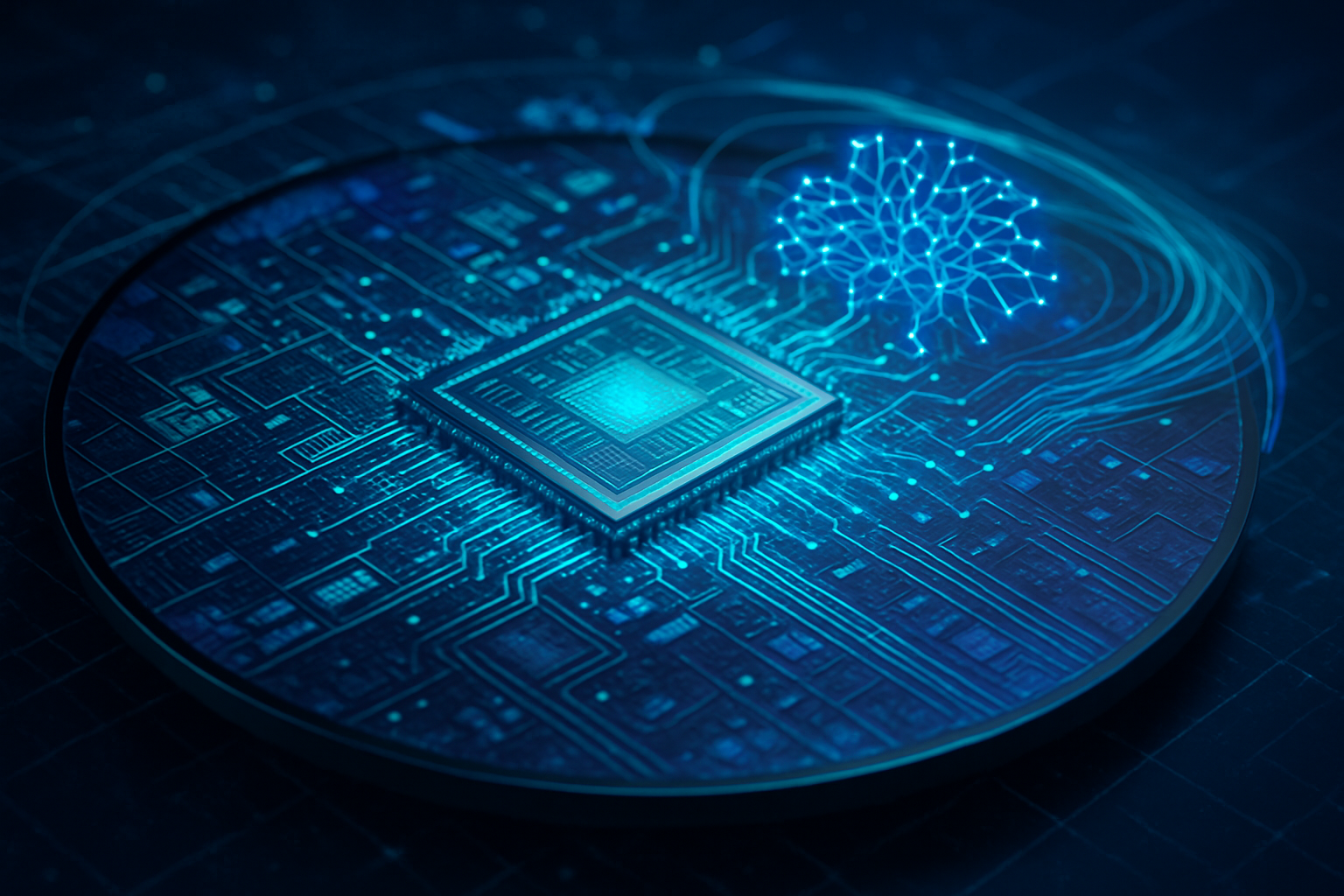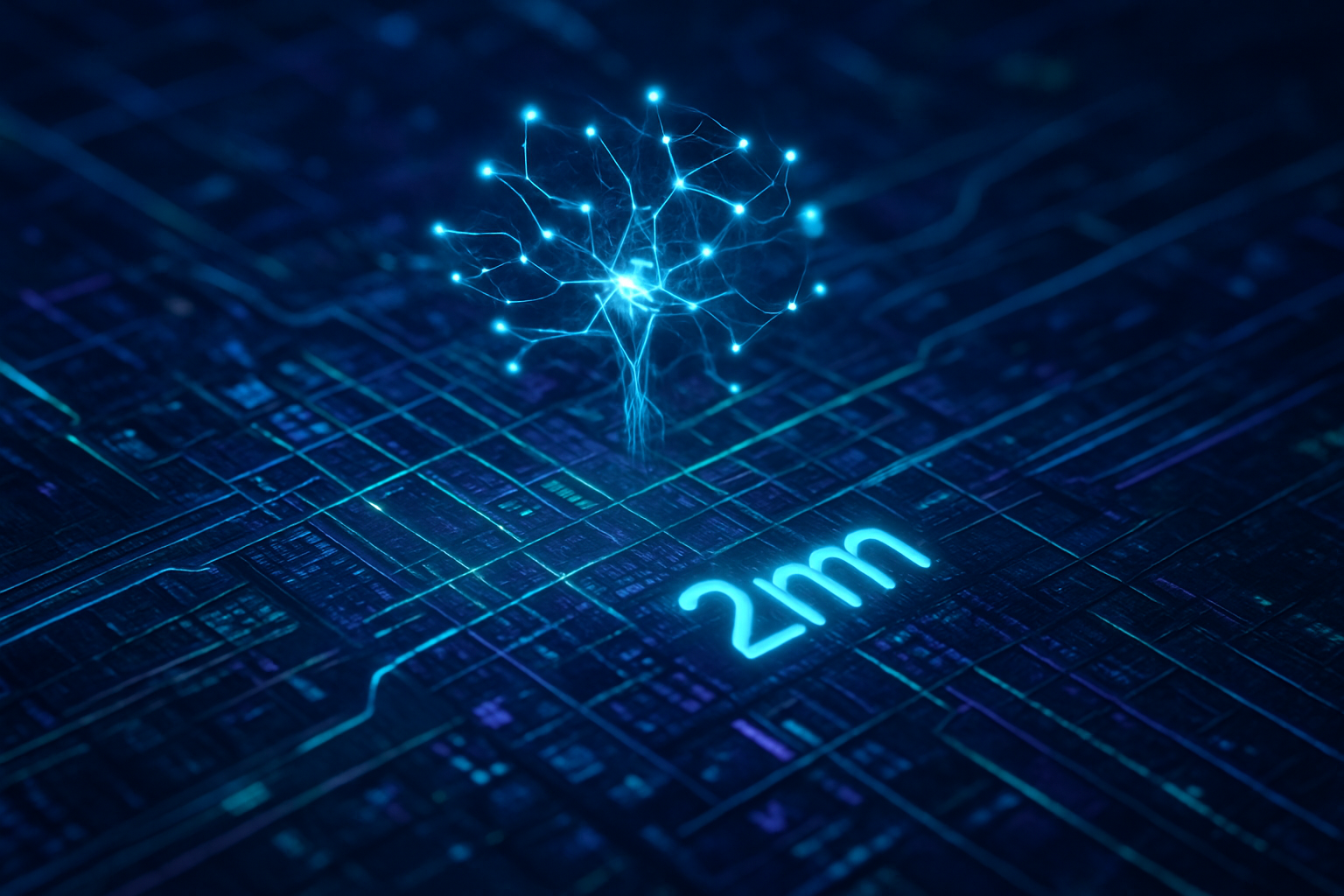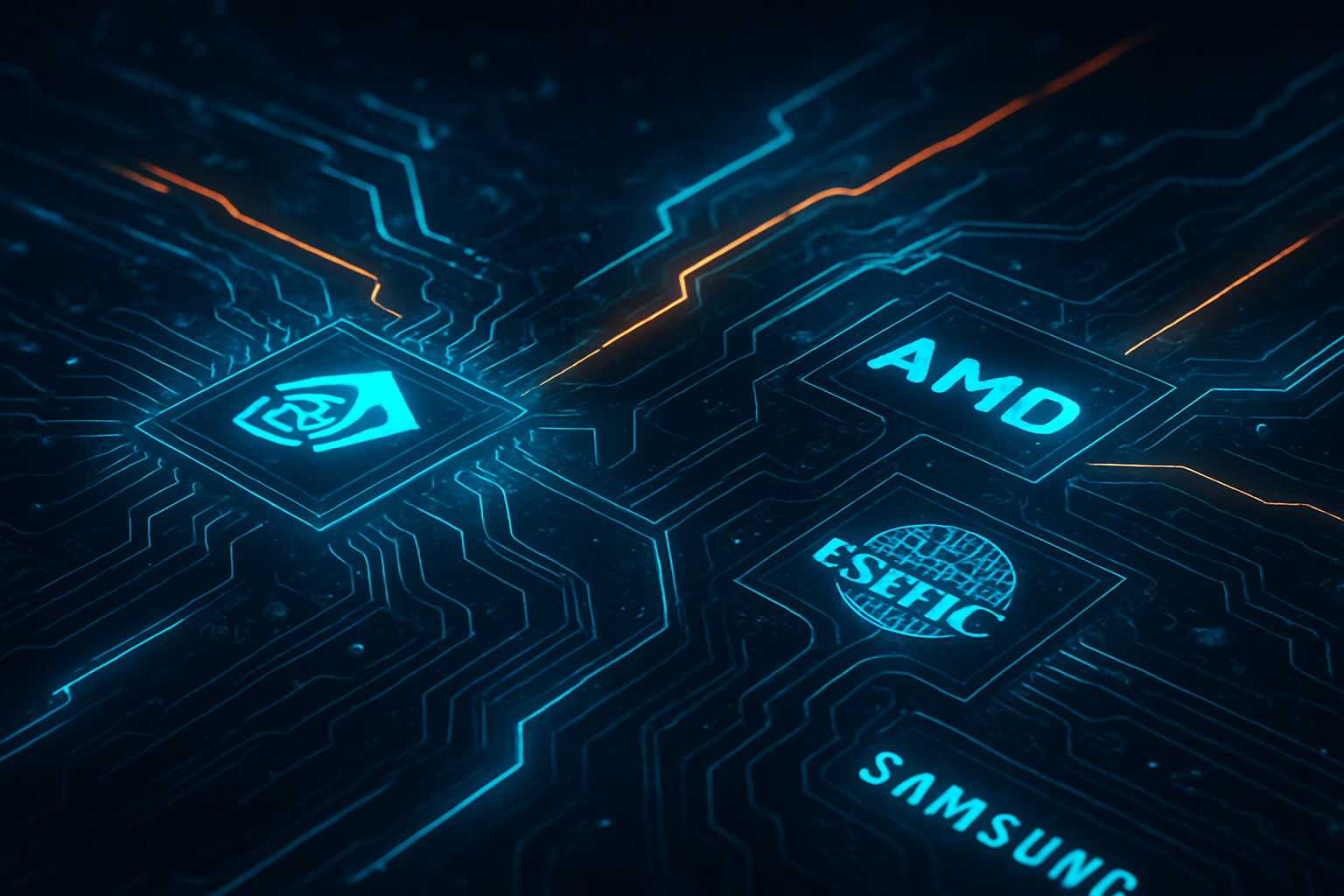Samsung is poised to redefine smartphone performance and on-device artificial intelligence with its groundbreaking Exynos 2600 chip, set to power variants of the highly anticipated Galaxy S26 series. Utilizing Samsung Foundry's (KRX: 005930) cutting-edge 2nm Gate-All-Around (GAA) manufacturing process, this new silicon represents a significant technological leap, promising unprecedented speed, power efficiency, and a monumental boost in AI processing capabilities directly on the device. As the tech world looks ahead to early 2026 for the Galaxy S26 launch, the Exynos 2600 is emerging as a critical component in the race to deliver truly intelligent and immersive mobile experiences.
This development signals Samsung's aggressive push to reclaim its competitive edge in the premium mobile chipset market, challenging the dominance of rivals and setting a new benchmark for what smartphones can achieve. The transition to 2nm GAA is not merely an incremental upgrade; it represents a fundamental shift in chip architecture that unlocks a new realm of possibilities for AI-driven features, from advanced computational photography to real-time language translation and sophisticated personal assistants, all processed locally for enhanced privacy and responsiveness.
Technical Marvel: Inside the 2nm Exynos 2600
The Exynos 2600 is a testament to Samsung's engineering prowess, built on its 2nm Gate-All-Around (GAA) manufacturing process (SF2). This revolutionary architecture moves beyond traditional FinFET designs, offering superior gate control, significantly reduced leakage current, and improved overall efficiency. Early reports suggest Samsung is the first to market with a commercially available 2nm chipset, marking a pivotal moment in semiconductor fabrication.
While official specifications are still under wraps, leaked details point to a formidable 8- or 10-core CPU configuration, potentially featuring ARM's new Lumex architecture with C1 series CPUs, designed for enhanced AI acceleration. Clock speeds are rumored to reach up to 3.80GHz for the prime core, promising substantial raw processing power. The GPU, an Xclipse 960 based on AMD's (NASDAQ: AMD) RDNA architecture, is expected to deliver up to a 62% performance increase over its predecessor, the Exynos 2400's Xclipse 940. However, the most striking advancement lies in the Neural Processing Unit (NPU), which is reportedly six times faster than Apple's (NASDAQ: AAPL) A19 Pro and 30% more powerful than Qualcomm's (NASDAQ: QCOM) Snapdragon 8 Elite Gen 5, signaling a clear focus on on-device AI. The chip also incorporates "Heat Pass Block" (HPB) technology and potentially Fan-out Wafer Level Packaging (FOWLP) to mitigate thermal issues, a historical challenge for Exynos chips.
Compared to the previous generation, the Exynos 2600 boasts a 37% improvement in single-core CPU performance and a 29% boost in multi-core performance over the Exynos 2500. Power efficiency is equally impressive, with Samsung claiming a 25% improvement over its 3nm process, leading to "spectacular heat and power savings." While early Geekbench scores place its CPU performance slightly behind the Snapdragon 8 Elite Gen 5, its GPU and NPU performance are rumored to surpass Qualcomm's offering significantly. Initial industry reactions are cautiously optimistic, with many analysts viewing this as Samsung's potential "chipset comeback story," though concerns about production yields (currently over 50%, aiming for 70%) persist.
Competitive Implications and Market Dynamics
The arrival of the Exynos 2600 has profound implications for the mobile technology landscape. For Samsung, it represents a strategic move to reduce reliance on Qualcomm's Snapdragon chips, particularly in premium segments. A successful Exynos 2600 could provide Samsung with a crucial competitive advantage, allowing for greater control over its device ecosystem, optimized hardware-software integration, and potentially more aggressive pricing strategies in certain markets. This could solidify Samsung's (KRX: 005930) market positioning as a leader in innovation and self-sufficiency.
For Qualcomm (NASDAQ: QCOM), the Exynos 2600 poses a direct challenge to its dominance in high-end Android processors. While Qualcomm is expected to continue supplying Snapdragon variants for some Galaxy S26 models, particularly in key markets like the US, China, and Japan, a highly competitive Exynos chip could erode its market share and influence within Samsung's flagship lineup. This renewed competition is likely to spur further innovation from Qualcomm, benefiting consumers with more powerful and efficient chips across the board. Apple (NASDAQ: AAPL), with its vertically integrated chip design, maintains a strong position, but the reported NPU performance of the Exynos 2600 indicates a significant leap in AI capabilities that could narrow the gap in on-device AI processing.
Beyond the immediate rivals, the 2nm technology could disrupt the broader supply chain. Companies involved in advanced semiconductor manufacturing equipment, materials, and intellectual property stand to benefit from the increasing demand for cutting-edge fabrication. Startups focusing on AI software and services optimized for powerful on-device NPUs will also find new opportunities, as the Exynos 2600 creates a more robust platform for local AI execution, potentially leading to new applications in areas like privacy-preserving AI, personalized user experiences, and edge computing.
Wider Significance in the AI Landscape
The Exynos 2600's debut with 2nm GAA technology and its formidable NPU performance marks a pivotal moment in the broader AI landscape, signaling a clear trend towards more powerful and pervasive on-device AI. This fits into the overarching narrative of moving AI processing from the cloud to the edge, enhancing privacy, reducing latency, and enabling functionalities that were previously impractical. The reported six-fold increase in NPU performance over Apple's A19 Pro and 30% over Qualcomm's Snapdragon 8 Elite Gen 5 is not just a technical spec; it's a declaration of intent for a future where smartphones are true AI companions.
The impacts are wide-ranging. Users can expect significantly enhanced AI features in areas like photography, with faster and more intelligent image processing, real-time video enhancements, and advanced computational photography. Voice AI interactions will become smoother and more responsive, and real-time language translation will see substantial improvements, making global communication more seamless. Furthermore, smarter battery management, leveraging AI to optimize power consumption, will extend device longevity. The integration of advanced AI models, such as Perplexity AI, directly onto the device, powered by the Exynos 2600, underscores a future where sophisticated AI capabilities are accessible without constant cloud reliance.
While the benefits are clear, potential concerns include the complexity and cost of 2nm manufacturing, which could impact device pricing. Yield rates, though improving, remain a critical factor for mass production. Nevertheless, this breakthrough compares favorably to previous AI milestones, such as the introduction of dedicated NPUs in earlier smartphone chips, but represents a generational leap in raw AI processing power. It underscores the industry's commitment to making AI an intrinsic, rather than an additive, part of the mobile experience.
The Horizon: Future Developments and Applications
Looking ahead, the Exynos 2600 sets the stage for rapid advancements in mobile computing and on-device AI. In the near term, we can expect the Galaxy S26 series to showcase a suite of AI-powered features that leverage this new chip, from highly personalized user interfaces to advanced gaming with AI-driven graphics enhancements and more sophisticated augmented reality (AR) experiences. Developers will gain a more powerful platform to create AI-centric applications that run efficiently and effectively on smartphones.
Longer-term, the trajectory points towards even smaller process nodes, with 1nm technology already on the horizon, promising further gains in density, performance, and efficiency. This will enable even more complex AI models to run locally, facilitating advancements in areas like fully autonomous on-device AI agents, hyper-realistic AR/VR applications that require immense processing power, and even sophisticated health monitoring systems that process biometric data in real-time on the device. Challenges, such as thermal management in increasingly compact form factors and the escalating costs of R&D and manufacturing for these advanced nodes, will need continuous innovation.
Experts predict that the Exynos 2600's focus on a powerful NPU will accelerate the shift towards "AI everywhere," where intelligent capabilities are deeply embedded in every aspect of our digital lives. We can anticipate a future where smartphones not only understand and anticipate user needs but also perform complex tasks autonomously, transforming how we interact with technology and the world around us. This chip is a stepping stone towards a more intelligent, responsive, and personalized mobile future.
A New Chapter in Mobile AI
The Samsung Exynos 2600, with its pioneering 2nm Gate-All-Around technology, marks a significant inflection point in smartphone innovation and the broader artificial intelligence landscape. Its anticipated deployment in the Samsung Galaxy S26 series in early 2026 heralds a new era of on-device AI, characterized by unparalleled processing power, superior energy efficiency, and a robust platform for next-generation intelligent applications. This development is not merely about faster phones; it's about unlocking a deeper, more integrated form of AI that promises to transform user experiences across the board.
The significance of this development in AI history cannot be overstated. It represents a bold move by Samsung to challenge established norms and push the boundaries of what's possible in mobile silicon. By focusing heavily on the NPU and leveraging advanced manufacturing, Samsung is not just competing on raw CPU/GPU power but on the very foundation of future mobile intelligence. This will undoubtedly intensify competition among tech giants, driving further innovation and ultimately benefiting consumers with more capable and intelligent devices.
In the coming weeks and months, all eyes will be on Samsung for official announcements regarding the Exynos 2600 and the Galaxy S26 series. Key areas to watch include confirmation of final specifications, real-world benchmark results, details on the specific AI features that will leverage this chip, and the regional rollout strategy for Exynos versus Snapdragon variants. The success of the Exynos 2600 will be a crucial indicator of Samsung's long-term trajectory in the mobile industry and its influence on the future of on-device AI.
This content is intended for informational purposes only and represents analysis of current AI developments.
TokenRing AI delivers enterprise-grade solutions for multi-agent AI workflow orchestration, AI-powered development tools, and seamless remote collaboration platforms.
For more information, visit https://www.tokenring.ai/.

